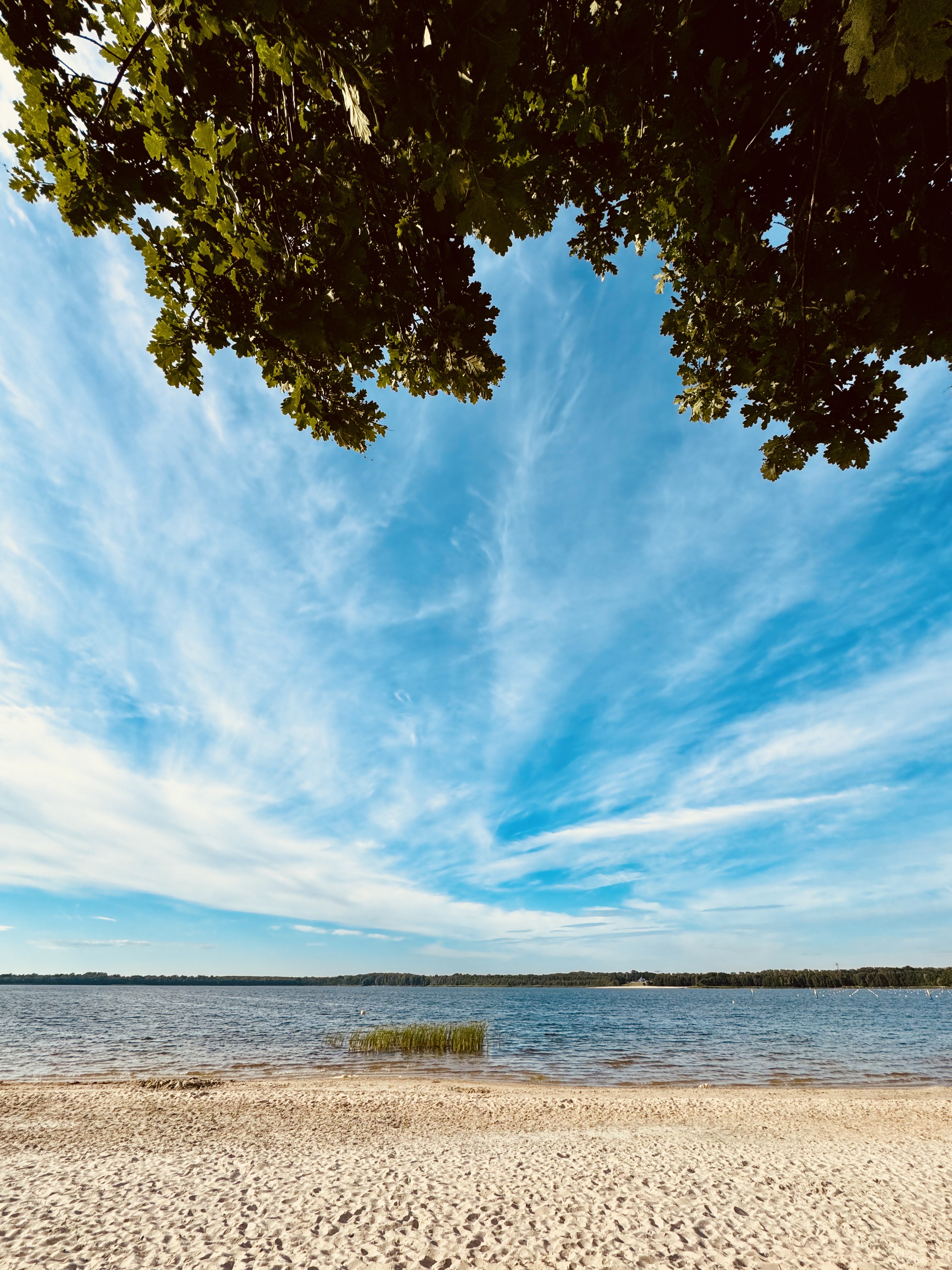
Lake Dreiweibern is an artificial lake in Lusatia, near the town of Lohsa in the district of Bautzen in Saxony, Germany. This lake was created from a flooded open-cast mine and is an important part of the lake landscape in the Lusatian Lakeland, which has developed from former open-cast mining regions. Through sustainable renaturation of these areas, a unique water landscape was created from former lignite mining sites, which today serves as a recreational area as well as providing a habitat for diverse flora and fauna.
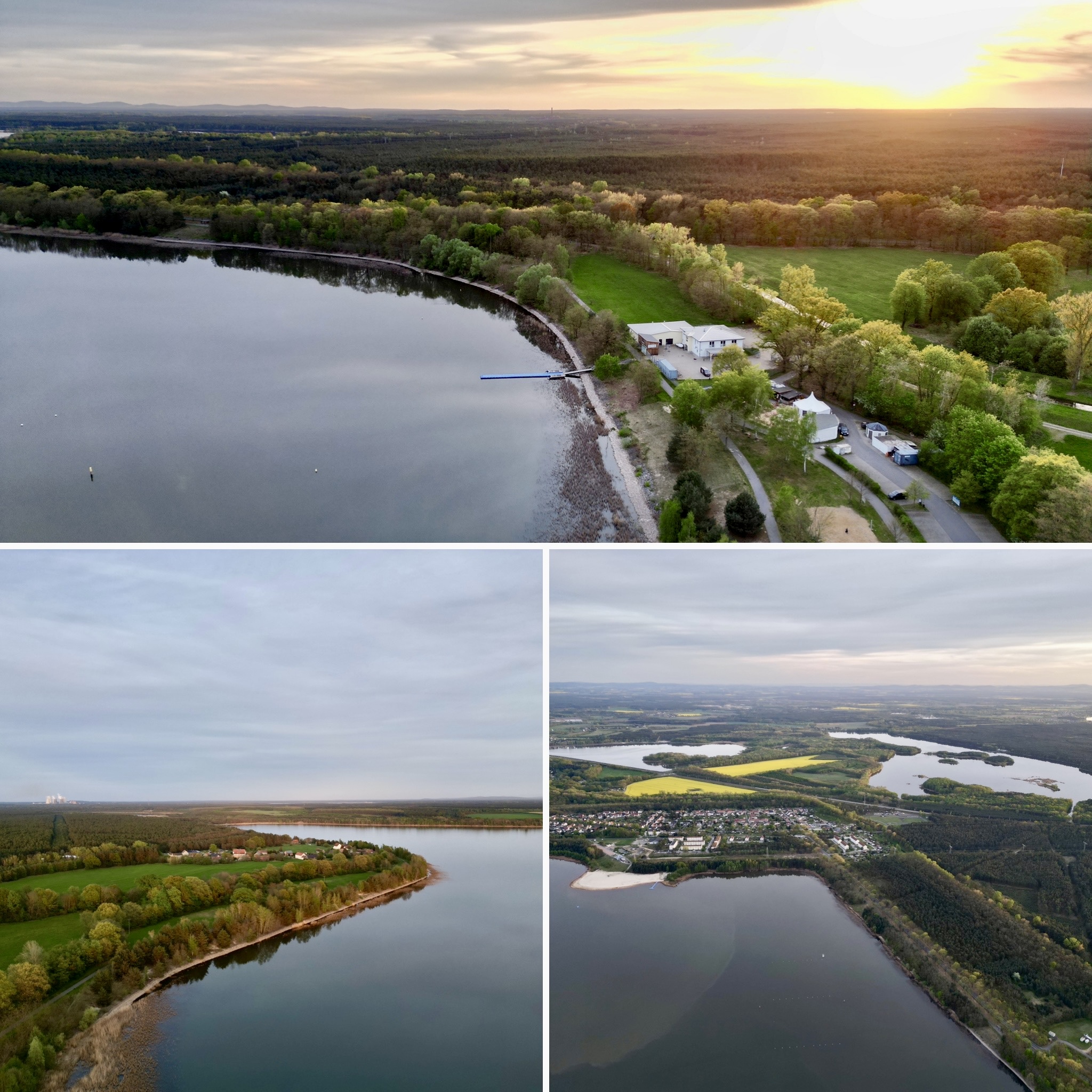
The name “Dreiweiberner See” is somewhat unusual and is reminiscent of the settlement of Dreiweibern, which had to make way for open-cast lignite mining. Like many other villages in the region, the settlement disappeared in the 1960s and 1970s when the area was used for lignite mining. The flooding of the Lohsa I open-cast mine, from which Lake Dreiweibern emerged, began in 1999 and was completed in 2000. Since then, the lake has developed into a popular recreational area for locals and tourists.
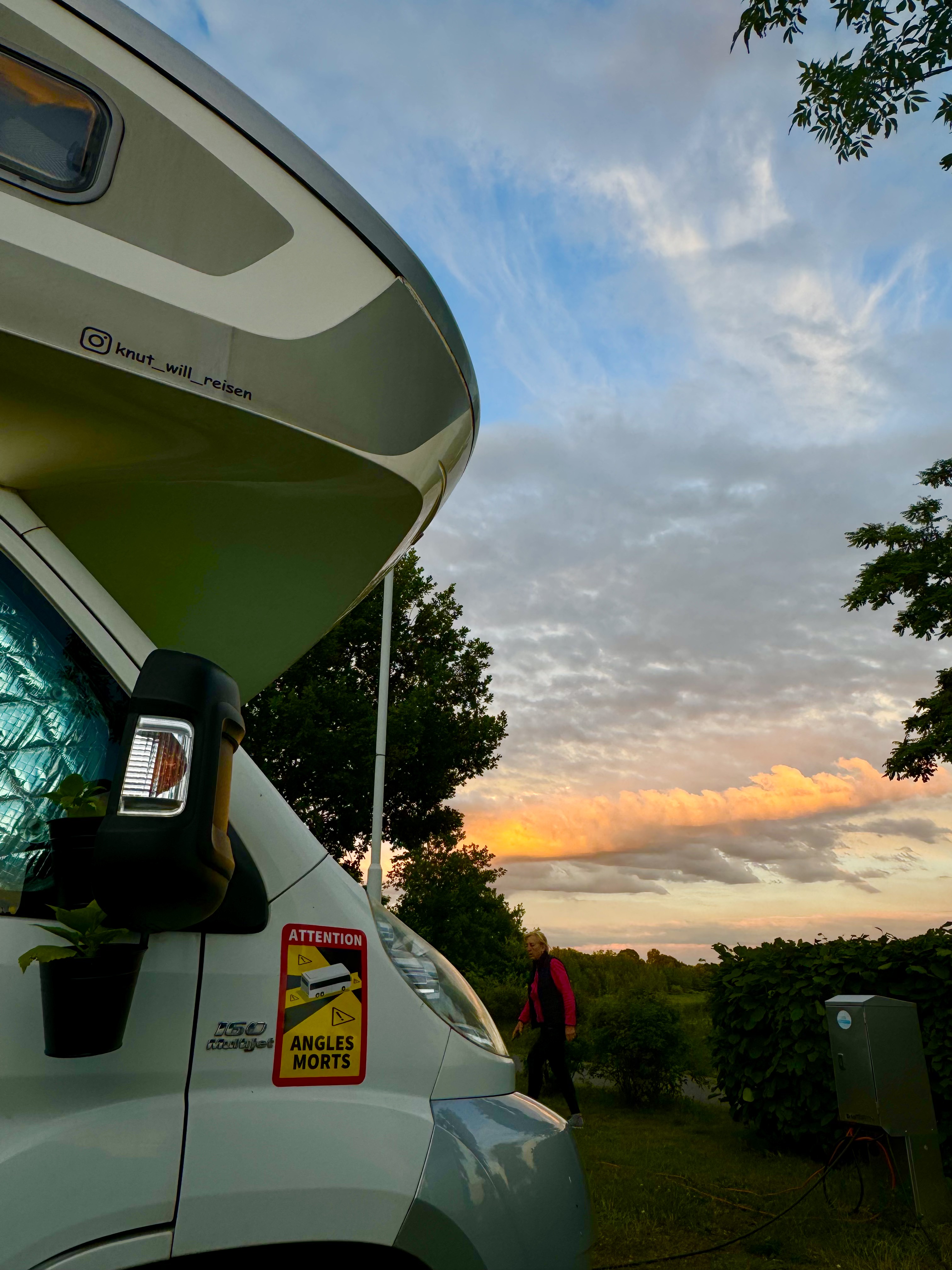
Geography and surroundings
Lake Dreiweibern covers an area of around 3.61 square kilometers and has a maximum depth of around 27 meters. It is embedded in a vast, undulating landscape that is typical of Lusatia. The Lusatia region extends across parts of Saxony and Brandenburg and is known for its long mining tradition. There are numerous hiking and cycling trails around Lake Dreiweibern that lead visitors to the most beautiful viewpoints and recreational areas. The paths are well developed and offer views of the water and nature around the lake in many places.

A special feature of the Lusatian Lakeland is that the lakes are connected by canals, which make it possible for some lakes to be crossed by water sports enthusiasts. However, unlike other lakes in the region, Lake Dreiweibern is only connected to the waterway network to a limited extent. This contributes to a quiet and relaxed ambience and offers visitors the opportunity to enjoy nature without excessive boat traffic.
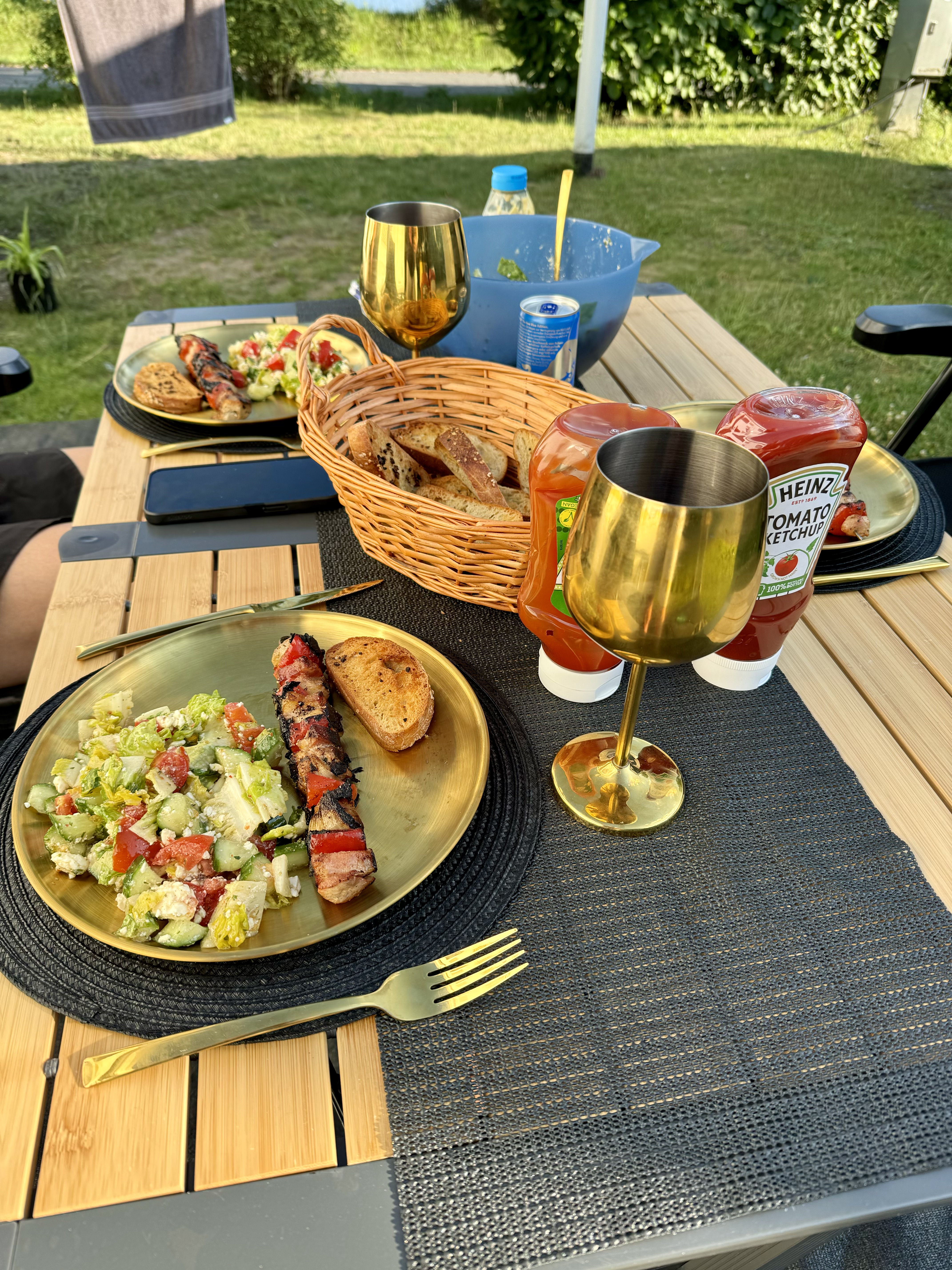
Flora and fauna
Lake Dreiweibern is not only a place for recreation, but also a valuable ecological area. In recent decades, the region around the lake has been deliberately designed to be close to nature in order to create habitats for various plant and animal species. As a result of the renaturation, a diverse flora has developed that includes not only native plants, but also species that thrive in post-mining landscapes. Typical plants include willows, birches and pines, which are particularly well adapted to the sandy soils. Reeds and other aquatic plants grow in the shore zones, creating valuable habitats for animals.
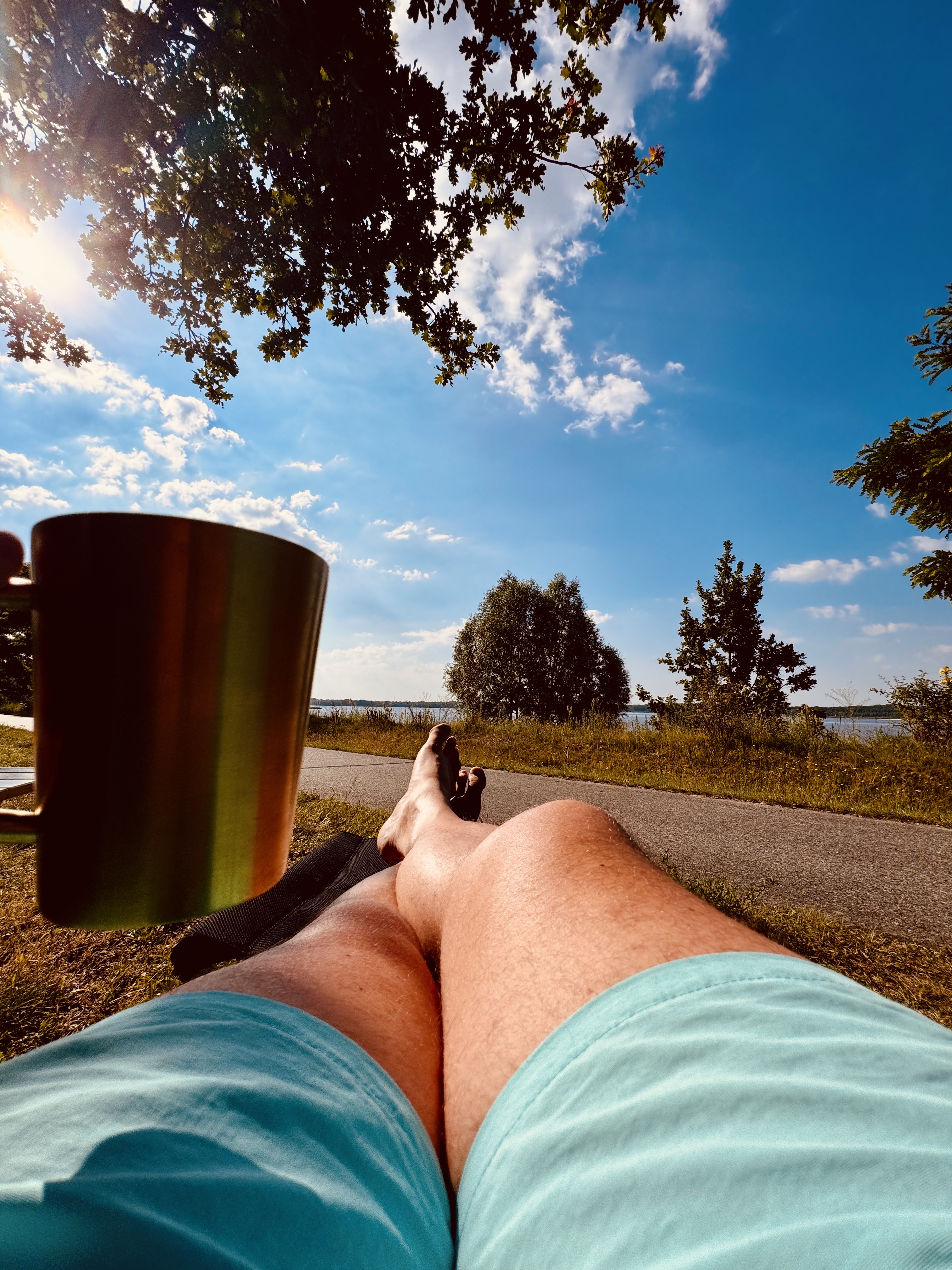
The wildlife around the lake is also impressive. Various bird species use the area around Lake Dreiweibern as a breeding and resting ground. Common bird species include ducks, geese, herons and swans, which appreciate the calm waters and abundant food supply. The lake is particularly interesting for birdwatchers, as many rare species can be observed in the region. In addition to birds, there are also numerous amphibians and reptiles as well as a large fish population, which is of interest to anglers in the region. The population includes carp, pike and zander.

Recreational opportunities and tourism
Lake Dreiweibern has developed into a popular recreational area in recent years, offering a wide range of leisure activities for both locals and tourists. In summer in particular, the lake attracts numerous visitors who enjoy the beautiful sandy beaches and pleasant water temperatures. The water in Lake Dreiweibern is of good quality, which is regularly confirmed by water samples.
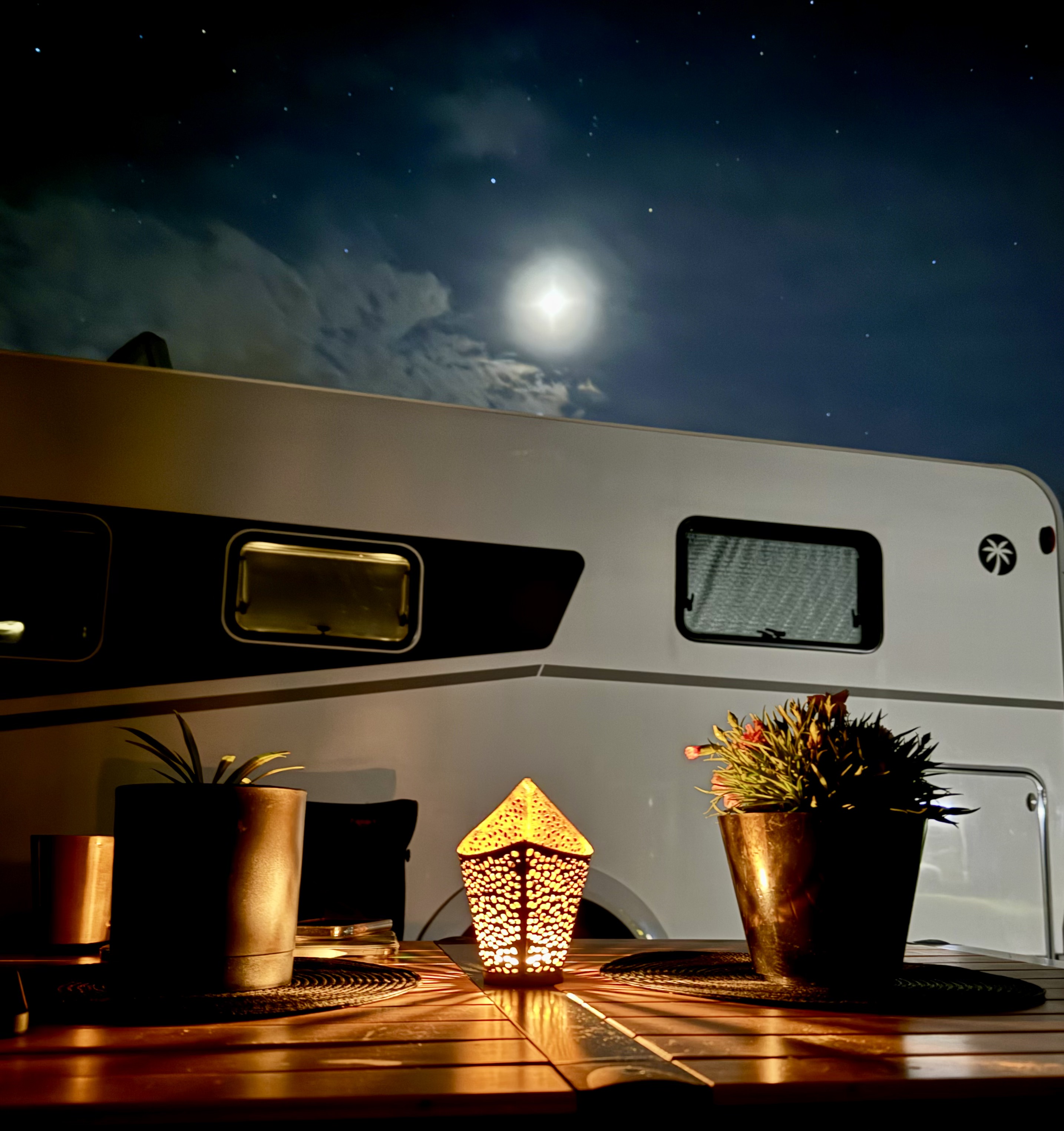
One of the lake's highlights is its bathing facilities. Lake Dreiweibern has several designated bathing areas, which are equipped with sanitary facilities and some also have lifeguards on site, making it particularly family-friendly. The beaches offer enough space for all visitors and invite you to relax and sunbathe. As the lake is relatively calm, it is ideal for activities such as swimming, stand-up paddling and canoeing.
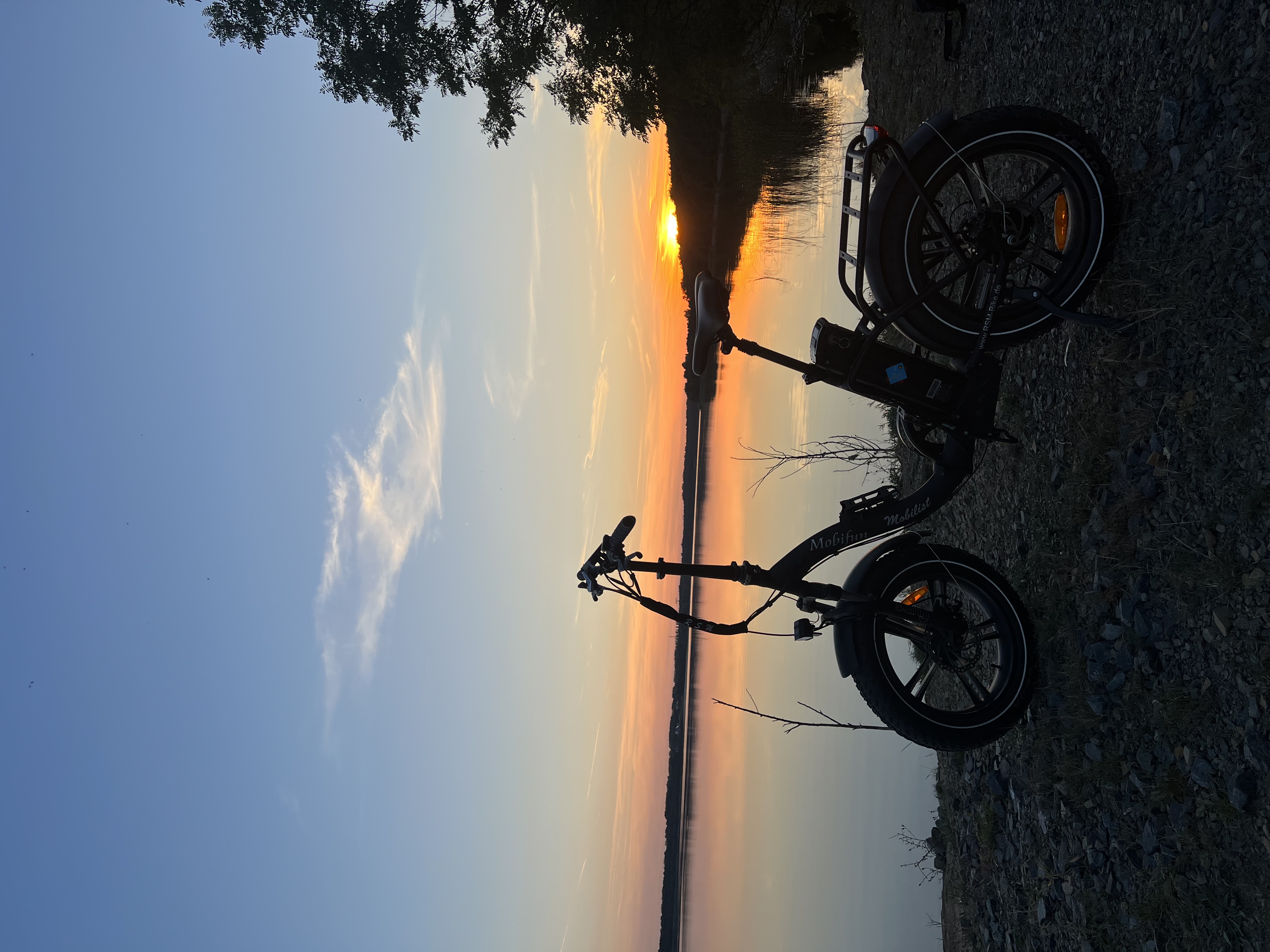
There are also a number of options for water sports enthusiasts. There is a boat hire shop on the shore of the lake where you can rent canoes, kayaks and stand-up paddle boards. However, motorboats are not permitted on Lake Dreiweibern, which makes the lake particularly attractive for paddlers who prefer calm waters. Sailors also get their money's worth, as the entire water surface can be explored if the wind is right.
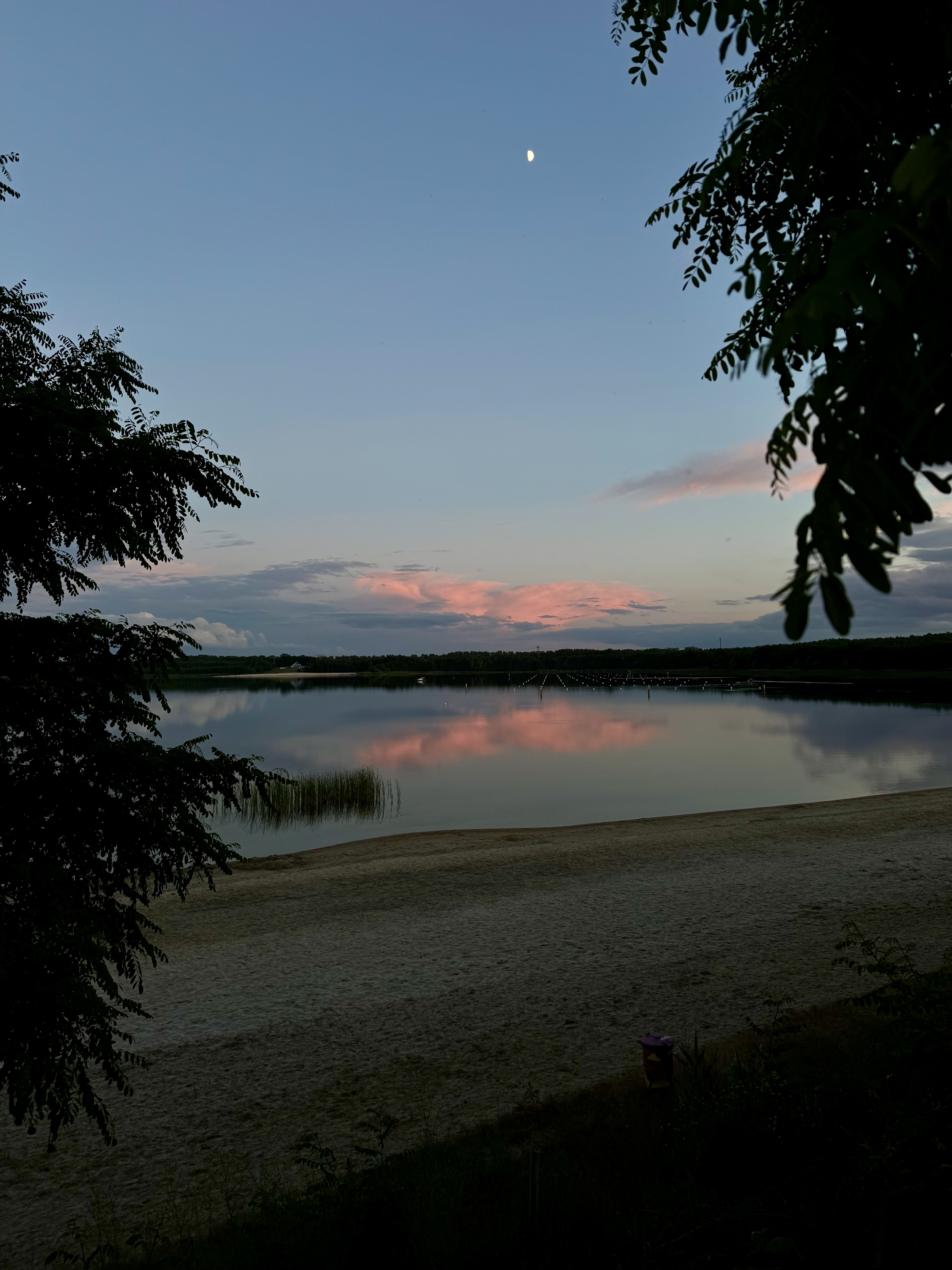
In addition to the water sports facilities, there is a well-developed network of hiking and cycling trails around Lake Dreiweibern. These paths invite you to explore the lake's surroundings and the varied landscape of Lusatia. The region offers various routes, from short walks to extended cycle tours, which can also include more challenging sections. There are always rest areas and viewpoints along the routes, which offer beautiful views over the lake and the surrounding landscape. This is an ideal way for families and nature lovers to discover the region.

Structural change
Lake Dreiweibern is an example of the transformation that the Lusatian Lakeland has undergone in recent decades. For centuries, the region was shaped by lignite mining, which not only changed the landscape but also affected people's lives. Many villages, including the settlement of Dreiweibern, had to make way for lignite mining. Structural change in Lusatia began after German reunification, when the importance of lignite mining declined and the region opened up to new prospects.
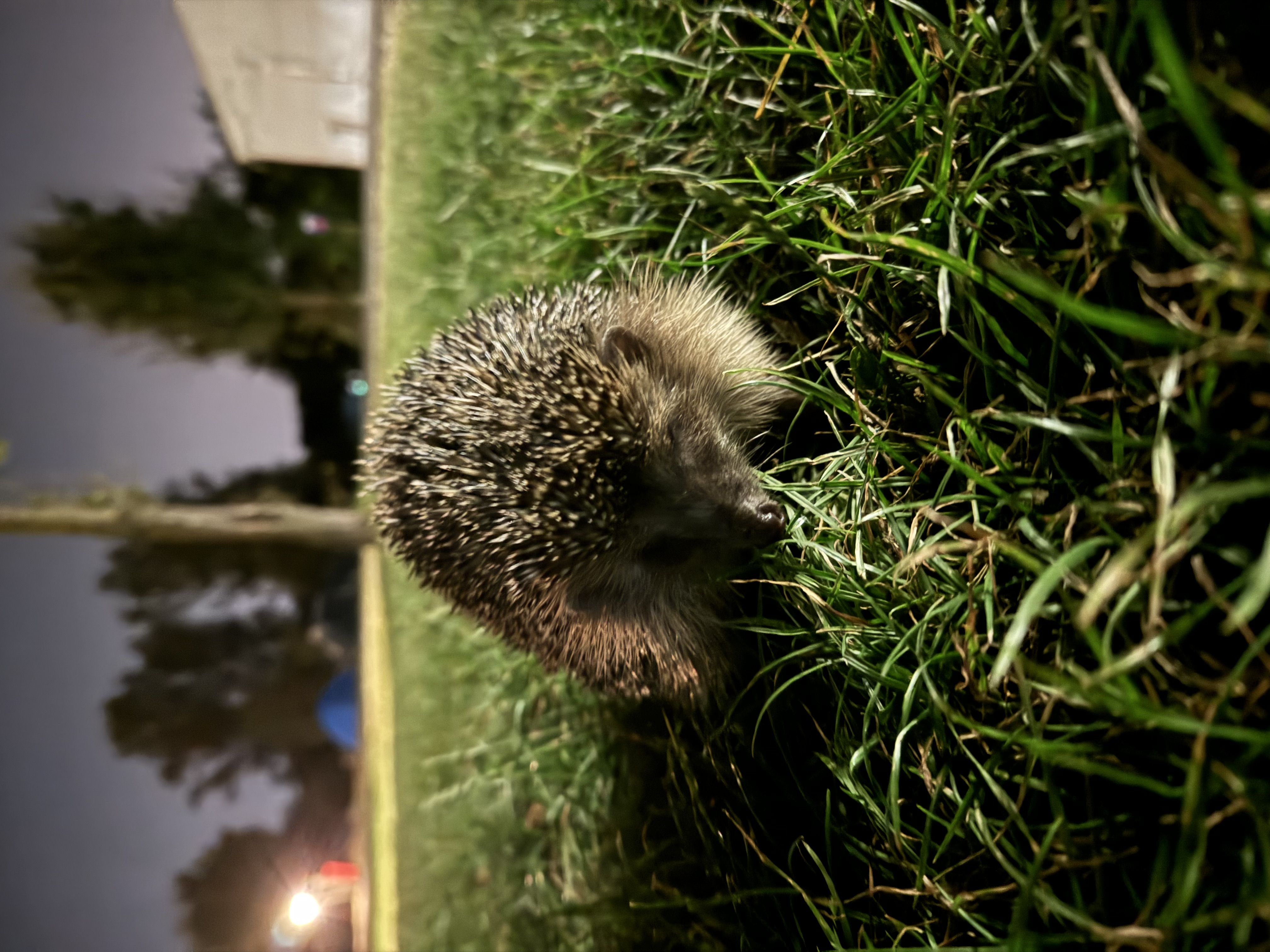
The transformation of the open-cast mining areas into a water landscape is a lengthy process that is planned and monitored by engineers and biologists. The flooding of Lake Dreiweibern was part of these renaturation measures. The creation of lakes not only transformed the landscape, but also laid the foundations for a new type of tourism. Today, tourism plays an important role in the region, and Lake Dreiweibern contributes significantly to economic development thanks to its attractiveness as a recreational area.
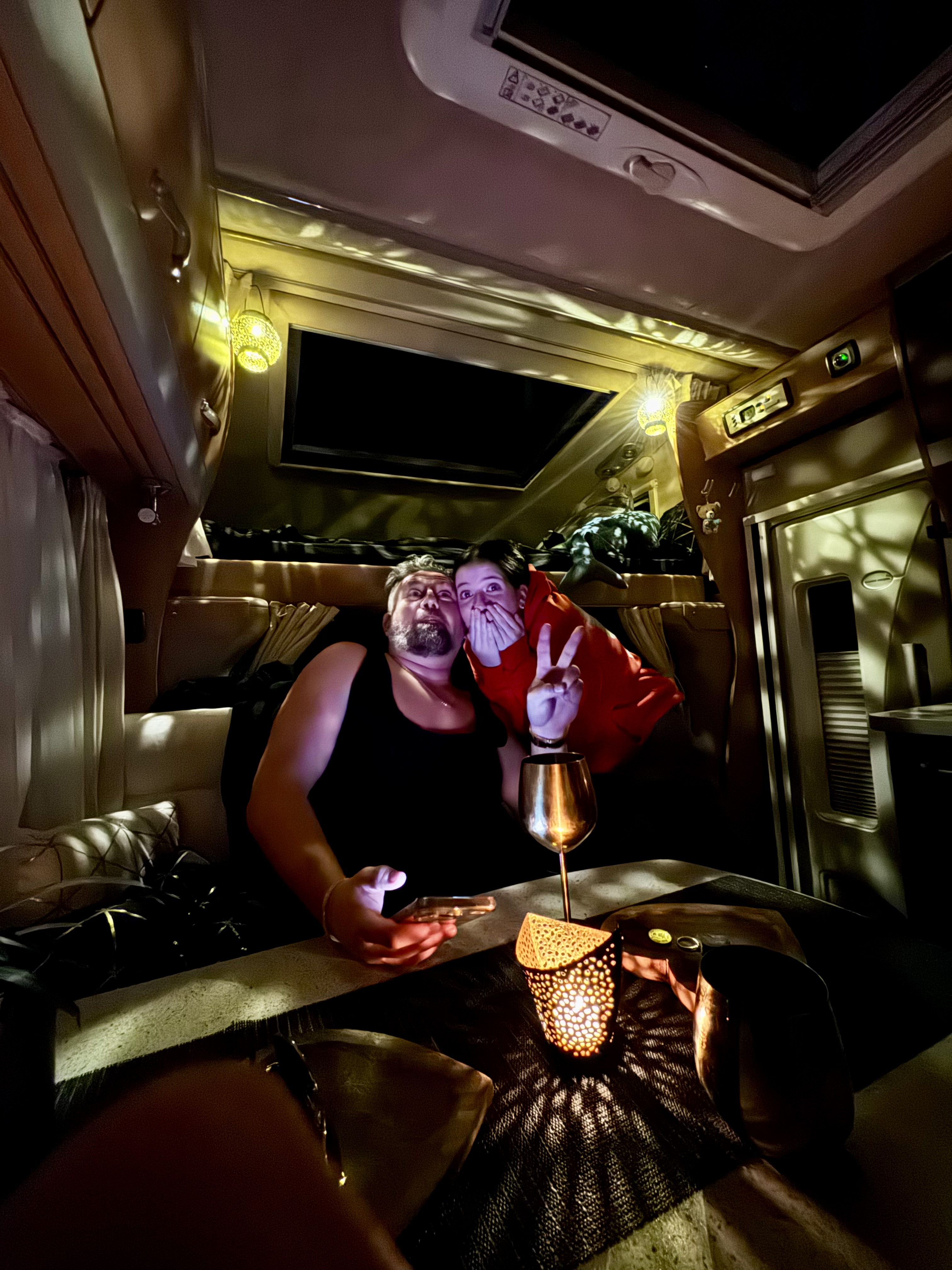
The structural change in Lusatia is an example of how a region with a long mining history can reinvent itself and build a sustainable future. The lakes that have emerged from the former open-cast mines now offer a quality of life and recreational opportunities that were hardly conceivable before. Lake Dreiweibern is therefore a symbol of successful structural change and proof that an industrial landscape can be transformed into a natural recreational region.
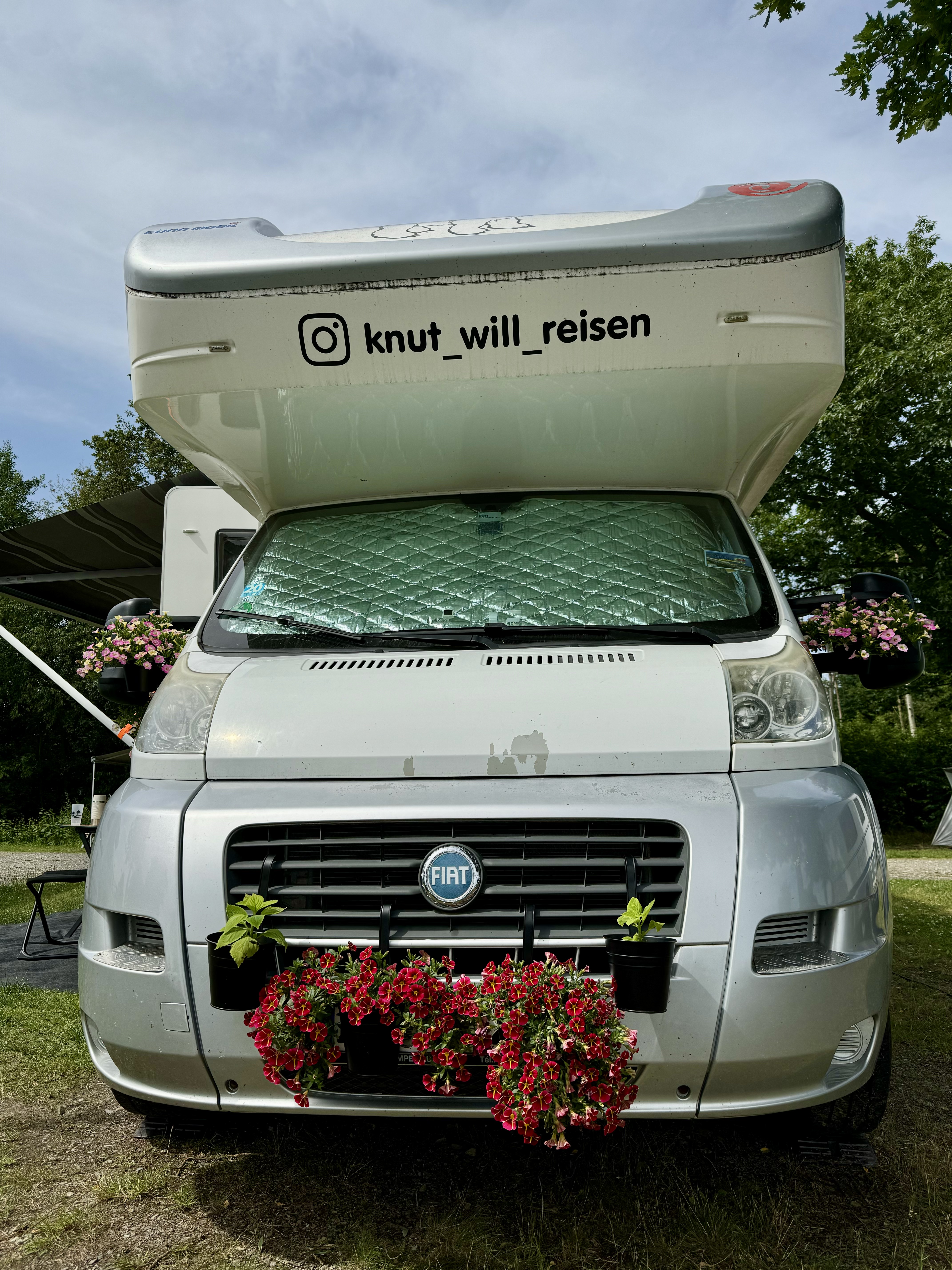
Conclusion
Lake Dreiweibern is an impressive example of the successful renaturation and conversion of former open-cast mining areas in Lusatia. The history of its creation and its current uses make the lake a symbol of the structural change in the region. With its natural surroundings and wide range of leisure activities, Lake Dreiweibern has become a popular destination for locals and tourists alike.

For visitors, the lake offers a perfect combination of nature experience and leisure activities, whether it be swimming, hiking, cycling or water sports. In addition, Lake Dreiweibern promotes the sustainable development of the region through its gentle tourism and contributes to the economic diversification of Lusatia.
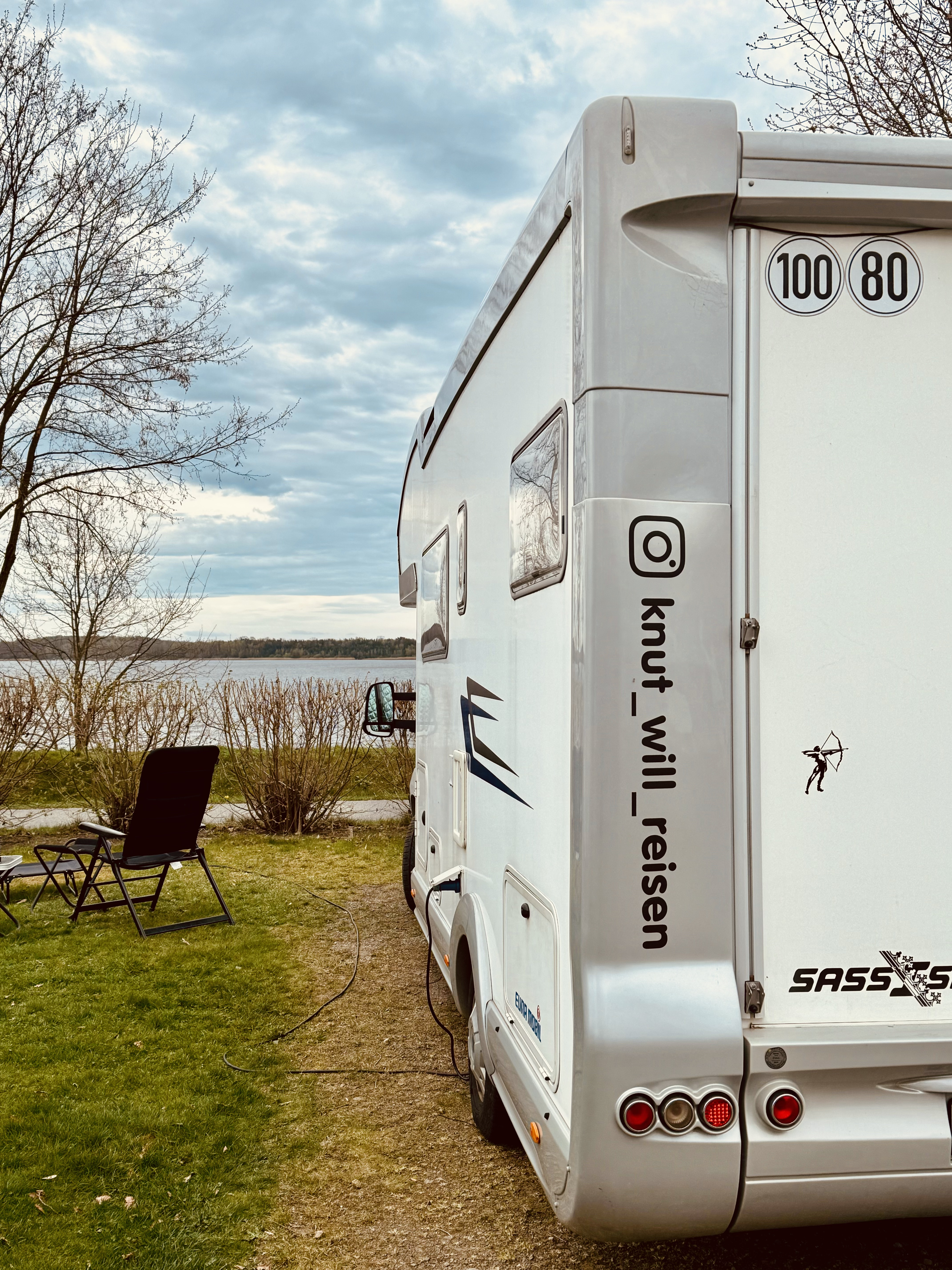
The history of Lake Dreiweibern and its current use show how the transformation from a mining region to an attractive lake landscape can be successful. The transformation of the Lusatia region impressively demonstrates that it is possible to create quality of life and preserve nature at the same time. Lake Dreiweibern is not only a leisure and recreational area, but also a model for sustainable structural change and nature conservation in former industrial areas.
Photos by @HomeArtPictures

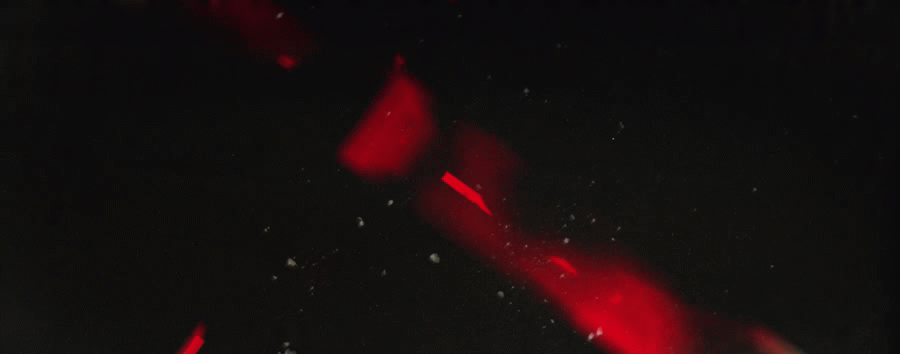
What a wonderful lake, we have a similar lake created not by nature the Suvisna lake, and it's beautiful too. 💖
I love spending time at the lake, it recharges my batteries.....
Yes lakes give me these sensations too.
You can check out this post and your own profile on the map. Be part of the Worldmappin Community and join our Discord Channel to get in touch with other travelers, ask questions or just be updated on our latest features.
if you're here, please let me know and I'll show you Dresden @lizanomadsoul